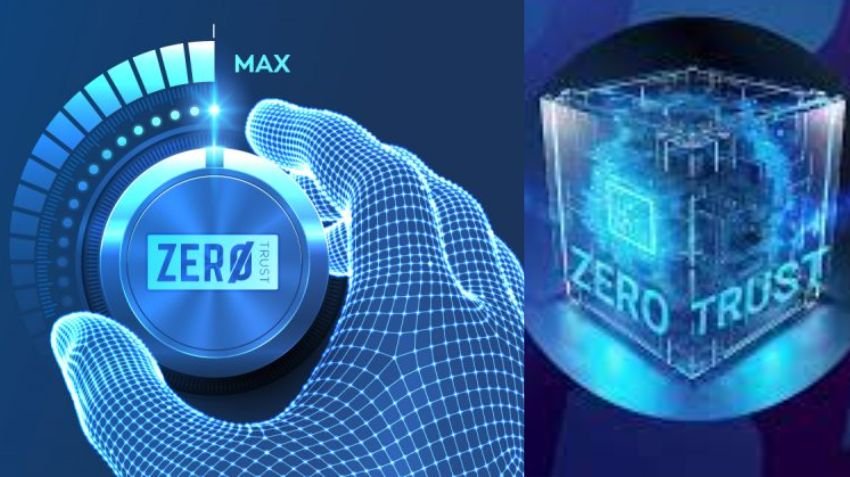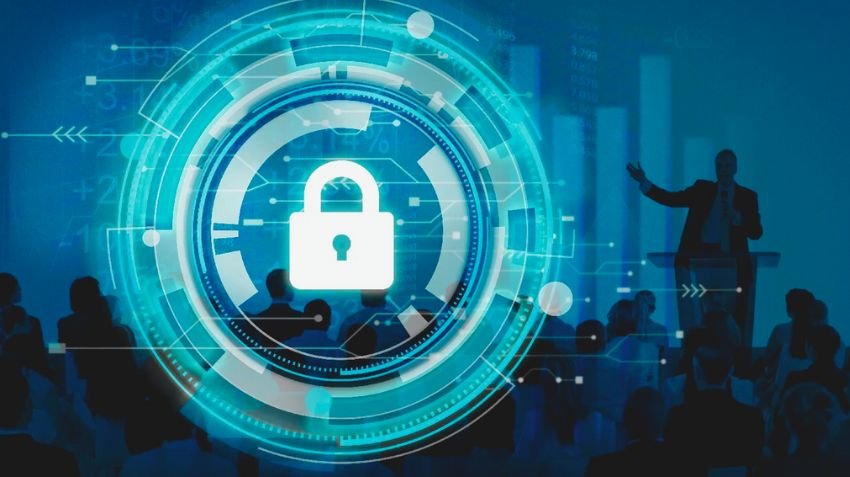Zero Trust Security
Zero Trust Security is a modern-day method to cybersecurity that removes the conventional concept of trusting customers or gadgets within a network. It assumes that no consumer or tool, inner or external, should be depended on via default and requires continuous verification. This version is important in today’s danger landscape wherein attacks can come from each outside and inside an corporation’s network.

Here’s a step-by-step breakdown of ways Zero Trust Security works and how it may guard your information on this virtual age.
- What is Zero Trust Security?
Zero Trust Security is a framework designed to steady infrastructure and statistics by means of making sure that no consumer, device, or application has implicit trust. It operates at the precept of “never believe, usually affirm,” which means that each access request must be authenticated, authorized, and constantly monitored. - Key Principles of Zero Trust Security
The Zero Trust version is built round 3 key standards:
- Continuous Verification: Verify each consumer and tool whenever they try to access assets, regardless of in which they may be inside the community.
- Least Privilege Access: Provide users and devices most effective the minimum get right of entry to they need to perform their feature, lowering the assault floor.
- Microsegmentation: Break your network into smaller segments to limit lateral movement in case of a breach.
3. How Zero Trust Works
- Authentication: Every get right of entry to request is confirmed the usage of multi-component authentication (MFA) or other advanced strategies. Users can’t get entry to statistics or packages until they prove who they may be.
- Device Security: Devices need to meet protection requirements (e.G., updated software, compliance with safety protocols) before being granted get right of entry to.
- Least Privilege Enforcement: Even after authentication, users are only granted access to the particular information or systems they’re legal to use.
- Monitoring and Analytics: Continuous actual-time monitoring helps locate suspicious interest, ensuring quick reaction to capability threats.
4. Benefits of Zero Trust Security
- Enhanced Data Protection: By verifying each get right of entry to request, Zero Trust appreciably reduces the threat of statistics breaches and insider threats.
- Improved Compliance: Many regulatory standards now require robust authentication and statistics safety practices. Zero Trust enables groups comply with rules like GDPR or HIPAA.
- Reduced Attack Surface: Limiting get admission to to only important resources facilitates lessen opportunities for attackers to transport laterally within the community.
5. Implementing Zero Trust Security
- Assess Your Current Security Posture: Identify vulnerabilities for your contemporary infrastructure, inclusive of get admission to factors, consumer gadgets, and workflows.
- Create a Roadmap: Prioritize important assets and systems, and create a plan to phase your community, put in force identification verification, and screen sports.
- Use Multi-element Authentication (MFA): This is a crucial step in securing get entry to on your community. Make positive all users are required to use MFA.
- Microsegment Your Network: Divide your network into smaller zones and restrict access to each area based on person roles and wishes.
- Deploy Security Tools: Utilize gear like cloud get admission to security brokers (CASBs), secure get right of entry to service facet (SASE), and endpoint detection and response (EDR) systems to control and put into effect safety rules.
6. Common Challenges in Adopting Zero Trust
While Zero Trust gives many advantages, implementation can come with challenges:
- Legacy Systems: Older systems may not help the modern-day safety necessities wished for Zero Trust.
- User Experience: Frequent authentication requests would possibly frustrate users, so balance protection with usability.
- Cost and Resources: Implementing Zero Trust calls for funding in generation and professional employees, making it a aid-extensive system.
- Conclusion: The Future of Cybersecurity with Zero Trust
As cyber threats evolve, so must protection techniques. Zero Trust Security is now not an optionally available framework; it’s turning into the usual for protective statistics and making sure that handiest relied on users and gadgets have get admission to to critical assets. By continuously verifying access and minimizing risk with least privilege get right of entry to, Zero Trust can help shield your employer towards rising threats inside the virtual age.
Adopting Zero Trust may additionally appear complex, however it’s miles an essential step toward securing your infrastructure against current-day attacks, growing a greater stable surroundings where believe is in no way assumed but usually validated.

